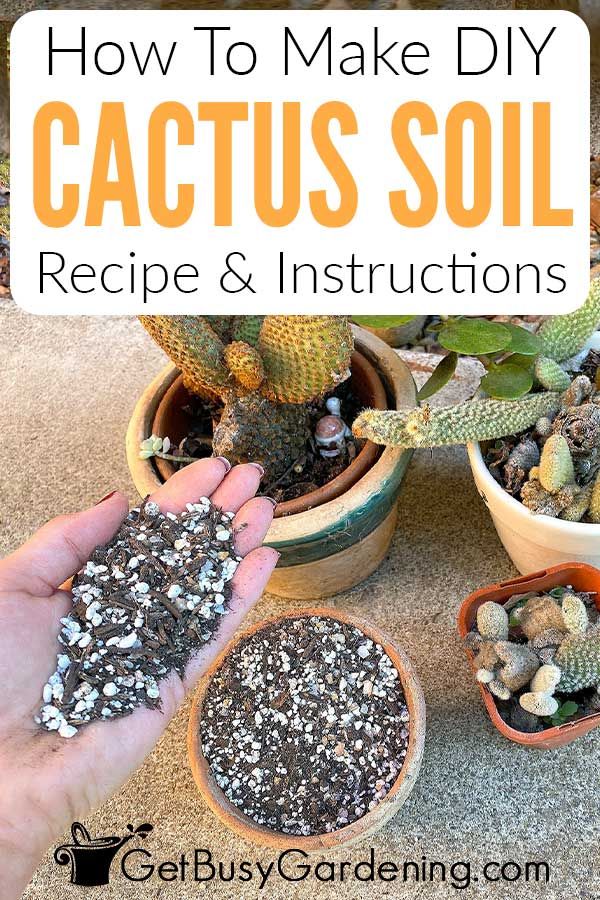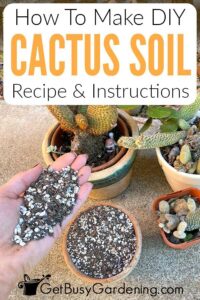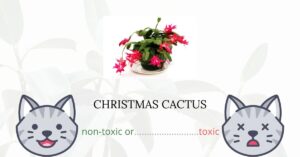Potting Soil for Cactus and Succulents: The Best Soil Mix for Both Cacti and Succulent Plants
Creating the optimal environment for cactus and succulent plants is vital for their growth and longevity. For both enthusiasts and novice gardeners, understanding the nuances of potting soil is essential. The right soil mix doesn’t just anchor the plants but also provides adequate aeration and drainage, keeping them healthy and thriving.
When it comes to succulents and cacti, one size does not fit all. However, through a careful combination of ingredients, you can create a tailored potting mix that meets the specific needs of these unique plants.
The Importance of Drainage: Why Cacti and Succulents Need It
One of the most crucial aspects of potting soil for cacti and succulents is drainage. These plants are adapted to arid environments, where their roots are not accustomed to long periods of moisture. In an overly wet soil mix, roots can quickly rot, leading to the demise of the plant. Hence, utilizing materials that foster drainage is non-negotiable.
Traditional potting soil often retains too much moisture due to its organic content. Instead, a blend specifically designed for cacti and succulents will include coarse materials like perlite, pumice, or coarse sand. These components not only ensure that excess water drains away but also promote air circulation around the roots, essential for healthy growth.
The Versatility of Soil Components: Crafting Your Ideal Mix
While there are commercially available cactus mixes, creating your own offers flexibility and can be tailored to suit specific varieties. Let’s delve into some popular components that can be included in your potting mix:
– **Perlite:** This lightweight volcanic glass increases aeration and drainage. It’s particularly useful in retaining some moisture without creating a wet environment.
– **Pumice:** A natural volcanic rock that offers superior aeration. Pumice is excellent for both drainage and moisture retention, making it a favored choice for succulent growers.
– **Coarse sand:** Sharp sand is effective in ensuring that soil particles do not clump together, which allows for better drainage. However, avoid fine sand, as it can lead to compaction.
– **Coconut coir:** This natural fiber can be an alternative to peat, providing some moisture retention while keeping the mix airy.
– **Compost:** A small amount of compost can be beneficial as it provides nutrients. However, it should be used sparingly, as too much can retain excessive moisture.
When formulating your mix, a common ratio that works well combines equal parts of potting soil (if chosen), perlite, and coarse sand. Experimentation is key, as certain varieties may have slightly different preferences.
Know Your Plants: Understanding the Needs of Different Species
Not all cacti and succulents share identical requirements when it comes to potting soil. For example, desert cacti like the Saguaro thrive in a very dry, gritty mix. In contrast, jungle succulents, such as some types of Epiphyllum, might prefer a slightly more moisture-retaining environment.
Researching individual plant species can significantly inform your potting decisions. Observing their natural habitats provides clues about their moisture and drainage needs. This level of dedication ensures that your plants will achieve their optimal growth.
Transplanting and Repotting: The Right Time for Soil Renewal
Even the best potting mix has a shelf life. As time passes, soil components can break down, which diminishes drainage capabilities and may lead to root problems. When noticing indications that your plant is becoming root-bound or is struggling in its current environment, it’s time to consider repotting. A general rule is to consider transplanting every couple of years or sooner if the plant’s growth warrants it.
During repotting sessions, check the state of the roots and trim any that are brown or mushy. Refresh the soil mix to ensure your plants receive a nutritious and well-aerated base.
Buyer Concerns Addressed: Quality and Pricing of Soil Mixes
Understanding what to look for when purchasing potting soil can alleviate buyer concerns. Look for products specifically labeled for cacti or succulents rather than generic mixes. Often, quality mixes will contain the right balance of drainage and retention components, promoting a healthier environment for your plants.
Price can also be a concern, especially for those looking to cultivate larger arrays of plants. Investing in quality potting soil is paramount, but remember that crafting your own mix can often be more cost-effective in the long run. Buying components like perlite and pumice in bulk allows for greater savings while ensuring you maintain control over the soil’s composition.
In conclusion, nurturing cactus and succulent plants starts with understanding their unique needs, particularly regarding potting soil. By crafting an appropriate mix that emphasizes drainage and aeration, you set the foundation for healthy growth. As you embark on your gardening journey, remember that patience and observation are just as important as the soil beneath your plants.





Leave a Comment